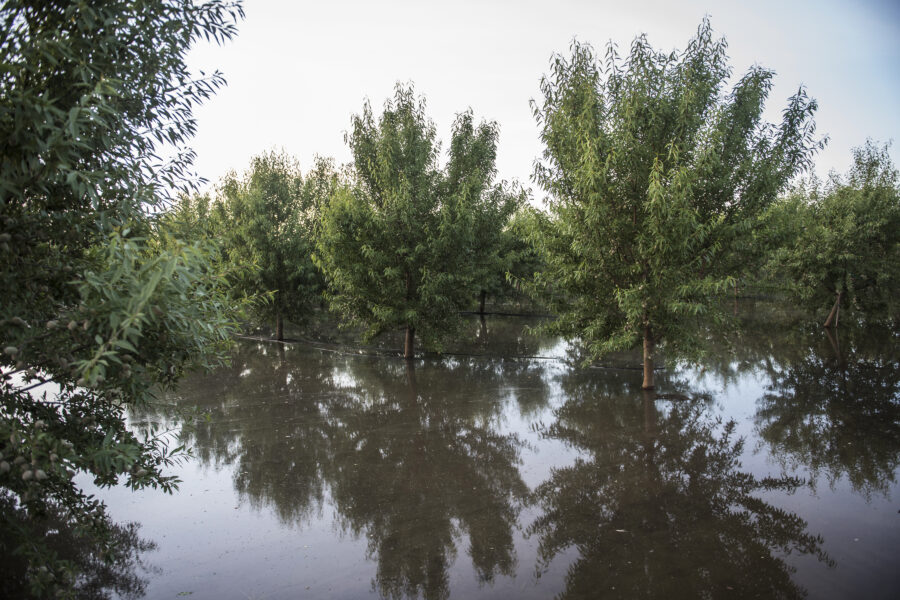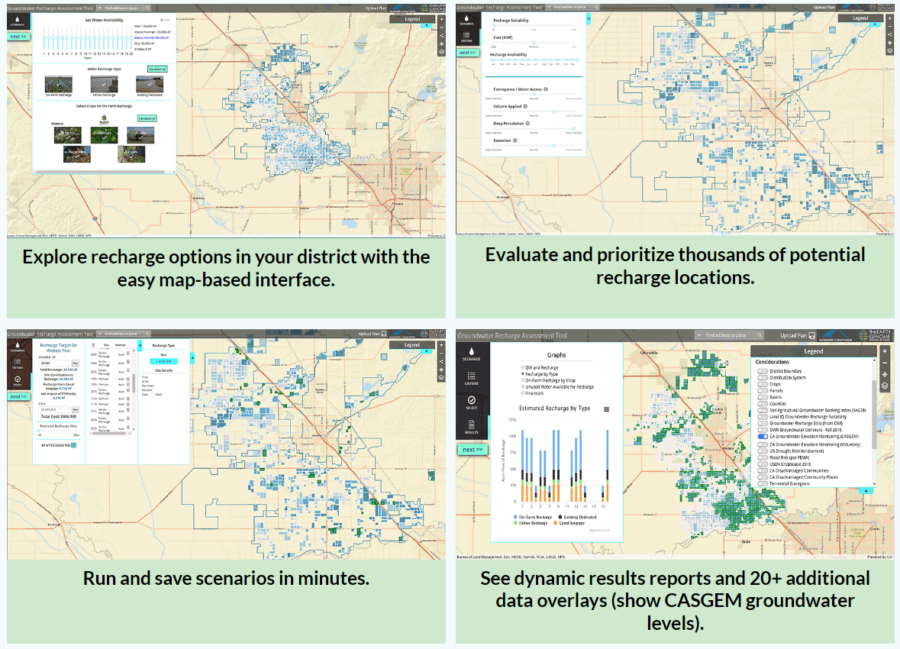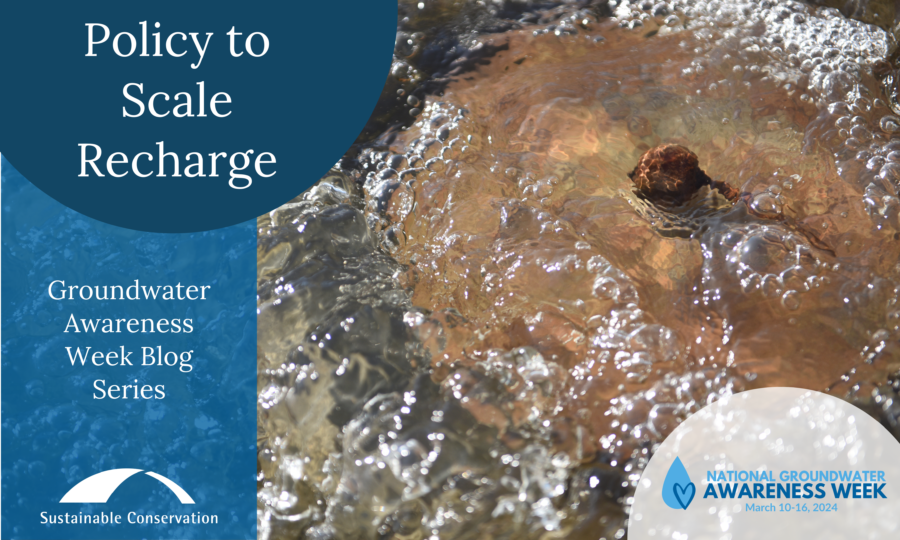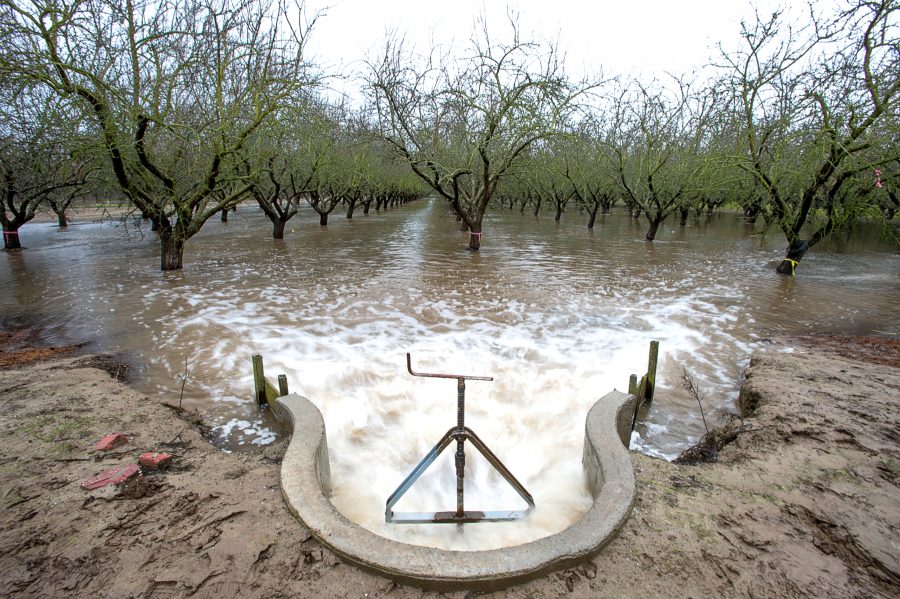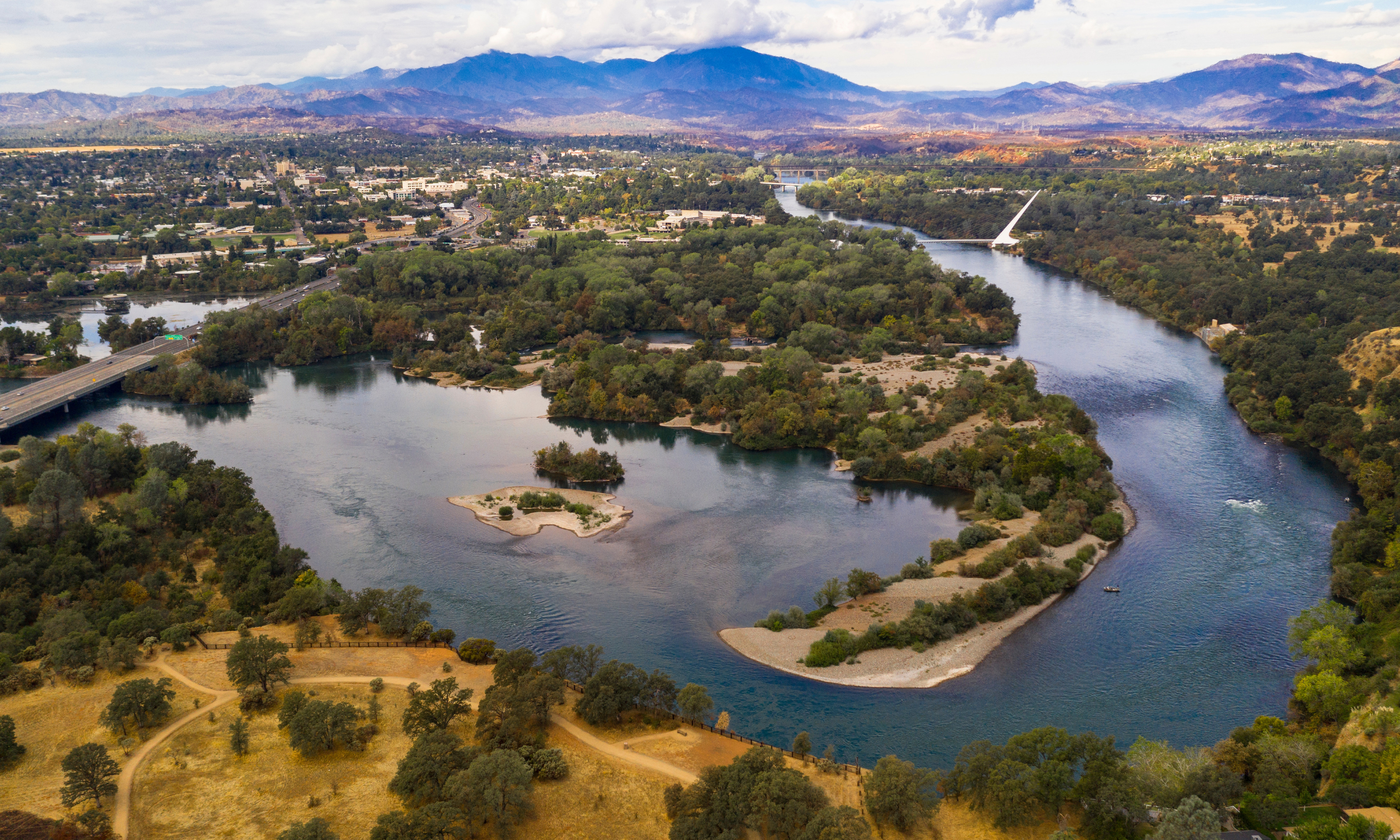
Happy World Water Day!
Water flows through every aspect of our lives from drinking water, food supply, economy, and recreation. We’ve made great strides in California to address our water challenges, but there’s more work to be done.
Our fresh water and groundwater resources are stretched to meet the needs of the environment and growing urban and farming demands, while the aquifers below our feet dwindle and shrink.
Sustainable Conservation advances promising practices, incentives, and policies to help achieve long-term water sustainability in California. Our collaborative efforts mean reliable, affordable, and clean water for irrigating the crops that feed the nation, whole watershed health for our communities, and vibrant waterways that support diverse wildlife.
For National Groundwater Awareness Week, we published a series of five blogs focusing on a specific area of our work related to groundwater sustainability. On this World Water Day, revisit these discussions below!
Blog #1 — What is Groundwater Recharge?
Authored by Richael Young, Senior Director, Water for the Future Program
On-farm groundwater recharge at Terranova Ranch in Fresno County. Photo by Paolo Vescia
We kicked off the week by exploring the significance of groundwater recharge, its role in climate adaptation, and its potential in helping the state achieve sustainable groundwater management. By replenishing aquifers, recharge helps to build water security, support ecosystems, and mitigate the impacts of droughts and flooding alike.
Blog #2 — Tools to Scale Recharge
Authored by Roshni Katrak-Adefowora, Senior Data Specialist
GRAT screenshots demonstrate how the tool can assist water managers in identifying and evaluating groundwater recharge locations. Check out some of the data layers included in GRAT here!
Roshni delves into the Groundwater Recharge Assessment Tool (GRAT) and its role as a solution for sustainable groundwater management. By integrating diverse data sets and considering site-specific factors, GRAT empowers water managers to strategically identify and implement effective recharge strategies, fostering resilience in the face of evolving climate conditions.
Blog #3 — Partnerships to Scale Recharge
Authored by Joe Choperena, Project Director of Water Resources and Rogell Rogers, Agronomist
Sustainable Conservation team members with Turlock grower Christine Gemperle. From left to right: Rogell Rogers, Daniel Mountjoy, Christine Gemperle, Ashley Boren, Charles Delgado
Sustainable Conservation is defined by how we collaborate with our partners, and we are proud to play a part in the diverse, dedicated, and collaborative collective of individuals and groups pursuing cost-effective solutions to scaling groundwater recharge. This blog focuses on the partnerships we leverage to promote groundwater recharge to benefit community drinking water, ecosystems, and agricultural water supplies.
Blog #4 — Policy to Scale Recharge
Featuring Charles Delgado, Policy Director
This blog highlights Charles’ engagement of California’s legislative process to further groundwater sustainability throughout the state. Read the full piece to learn more about the recent legislation informed by the needs of our partners and various water practitioners that makes flood diversions for recharge more accessible and safer for a larger number of projects.
Blog #5 — Water Quality and Recharge
Authored by Aysha Massell, Program Director, Water for the Future and Sarah Reuter, Hydrologist
Sustainable Conservation addresses concerns about water quality impacts associated with Flood-Managed Aquifer Recharge (Flood-MAR) with our partners to quantify both positive and negative effects on groundwater. Learn more about our water quality work, along with the efforts of the Flood-MAR Network collective!

